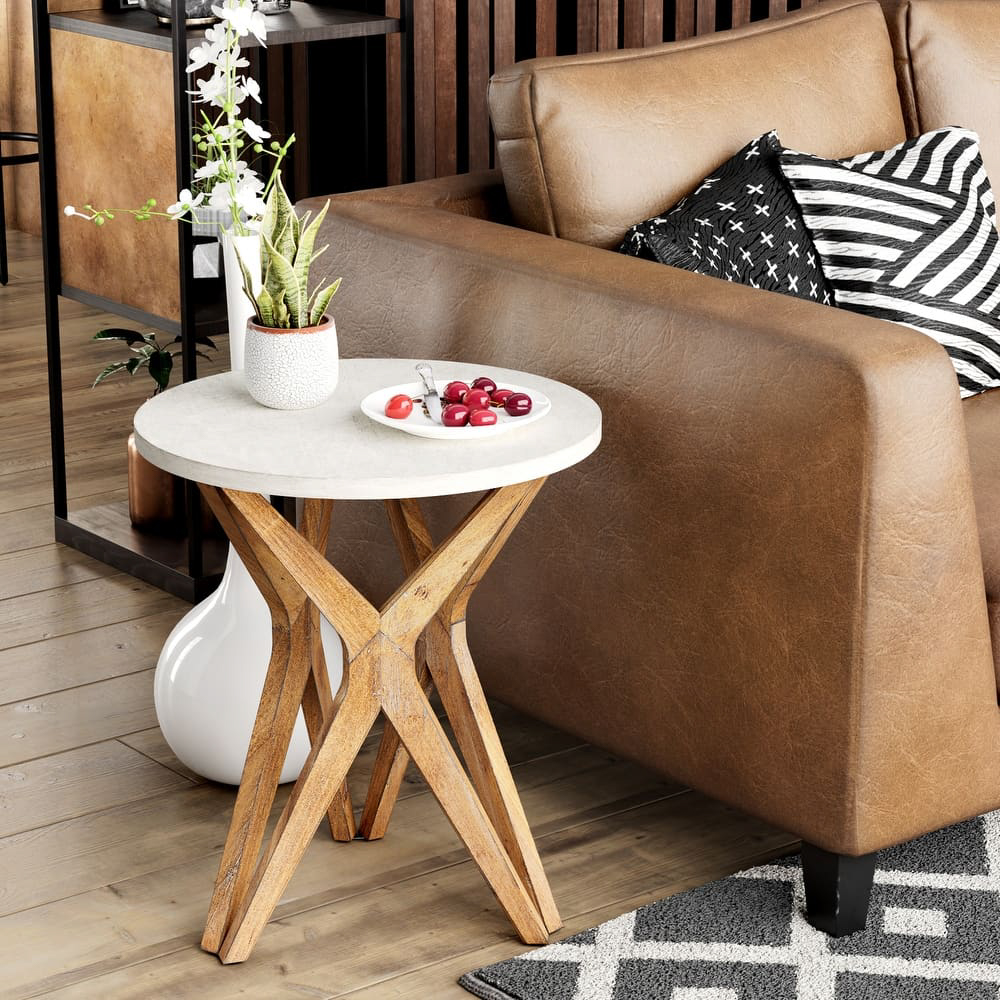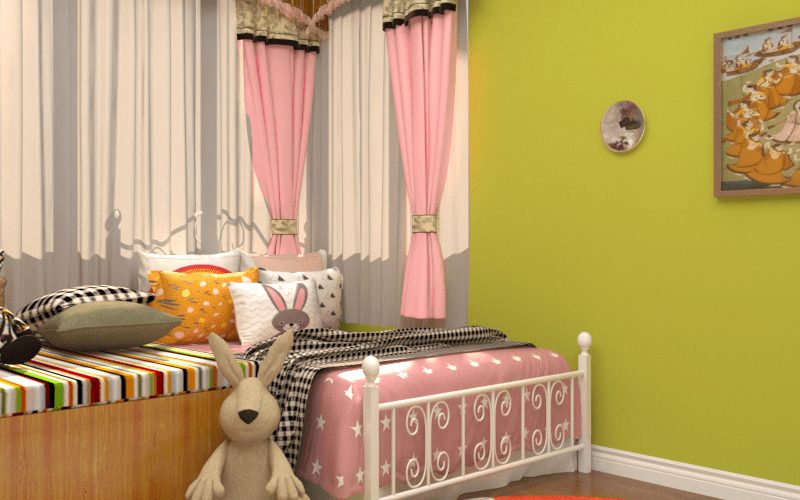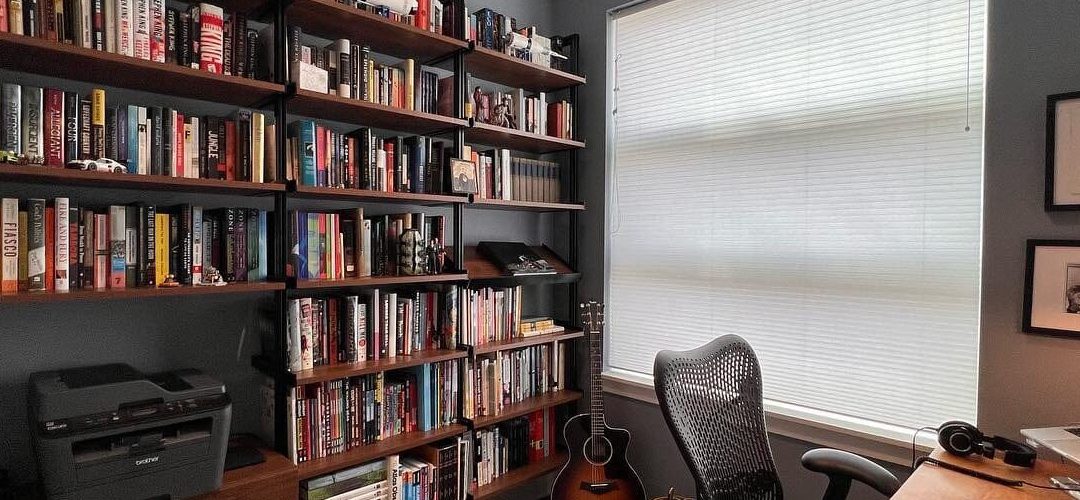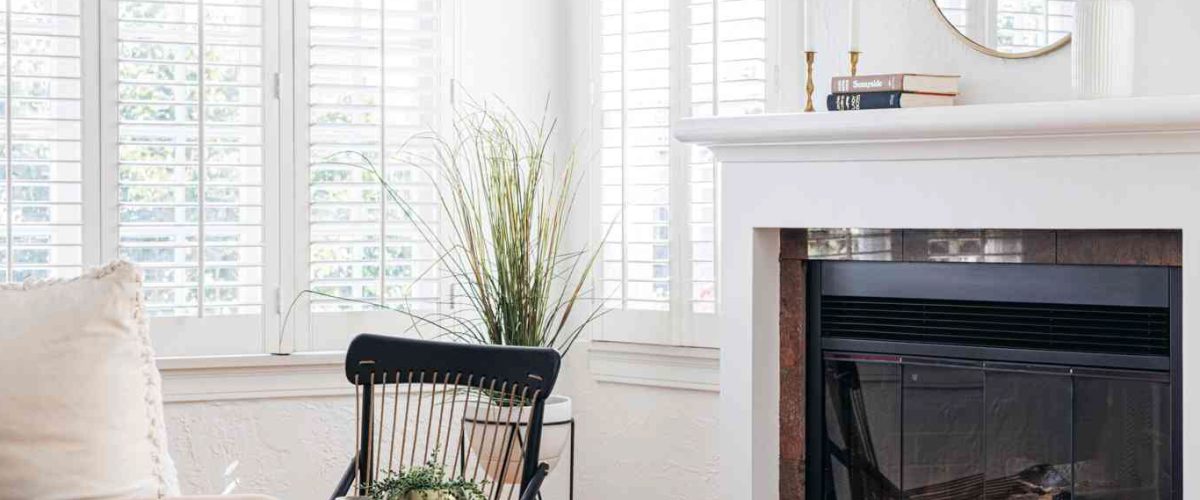
Minimalistic Living Room Lighting: The Art of Illumination
Introduction
Lighting is an essential element in interior design, and it can make or break the ambiance of a space. In recent years, minimalistic living room lighting has become increasingly popular. This style of lighting is characterized by the use of clean lines, simple shapes, and muted colors. In this article, we will explore the principles of minimalist lighting and how you can use them to create a warm and inviting living room.
The Benefits of Minimalistic Lighting
Minimalistic lighting has several advantages over other lighting styles. Firstly, it creates a calming and peaceful atmosphere, which is perfect for a living room. Secondly, it is timeless, meaning it will never go out of style. Finally, it is easy to maintain, as there are fewer elements to clean and maintain.
The Elements of Minimalistic Lighting
Minimalistic lighting is characterized by a few key elements:
- Clean lines
- Simple shapes
- Muted colors
- Natural materials
- Soft and diffused lighting
Clean Lines
Clean lines are an essential element of minimalistic lighting. They refer to the straight, unadorned lines commonly found in modern design. Examples of clean-lined lighting fixtures include linear pendant lights and wall sconces with straight edges.
Simple Shapes
Simple shapes, such as circles, squares, and triangles, are also common in minimalistic lighting design. These shapes create a sense of balance and symmetry, which is pleasing to the eye. Examples of simple-shaped lighting fixtures include round pendant lights and square-shaped floor lamps.
Muted Colors
Muted colors, such as white, beige, and gray, are commonly found in minimalistic lighting designs. These colors create a sense of calmness and neutrality, which is perfect for a living room. Additionally, they allow the lighting fixtures to blend seamlessly into the room, creating a cohesive design.
Natural Materials
Natural materials, such as wood and metal, are often used in minimalistic lighting design. These materials add texture and warmth to the space, creating a cozy atmosphere. Examples of natural materials used in lighting fixtures include wooden table lamps and metal pendant lights.
Soft and Diffused Lighting
Soft and diffused lighting is another key element of minimalistic lighting. This type of lighting creates a warm and inviting atmosphere, which is perfect for a living room. Examples of soft and diffused lighting fixtures include table lamps with fabric shades and floor lamps with frosted glass shades.
How to Incorporate Minimalistic Lighting in Your Living Room
Now that we have discussed the elements of minimalistic lighting, let’s explore how you can incorporate it into your living room. Here are a few tips:
Choose Simple Lighting Fixtures
When selecting lighting fixtures for your living room, choose ones with clean lines and simple shapes. Avoid ornate or overly decorated fixtures, as they may clash with the minimalism of the room. Examples of simple lighting fixtures include linear pendant lights, round table lamps, and cylindrical floor lamps.
Use Muted Colors
Choose lighting fixtures that come in muted colors such as white, beige, or gray. These colors will help the fixtures blend seamlessly into the room, creating a cohesive look. You can also use lighting fixtures with natural materials such as wood or metal to add warmth to the space.
Install Soft and Diffused Lighting Sources
Invest in lighting fixtures that provide soft and diffused lighting. This can be achieved by installing table lamps with fabric shades, floor lamps with frosted glass shades, or even string lights along the ceiling. These types of fixtures will create a warm and inviting atmosphere in your living room.
Keep the Design Simple
When designing your minimalist living room, keep the overall design simple. Choose a neutral color palette, and avoid cluttering the space with too many decor items. This will allow the lighting fixtures to stand out and create a focal point for the room.






